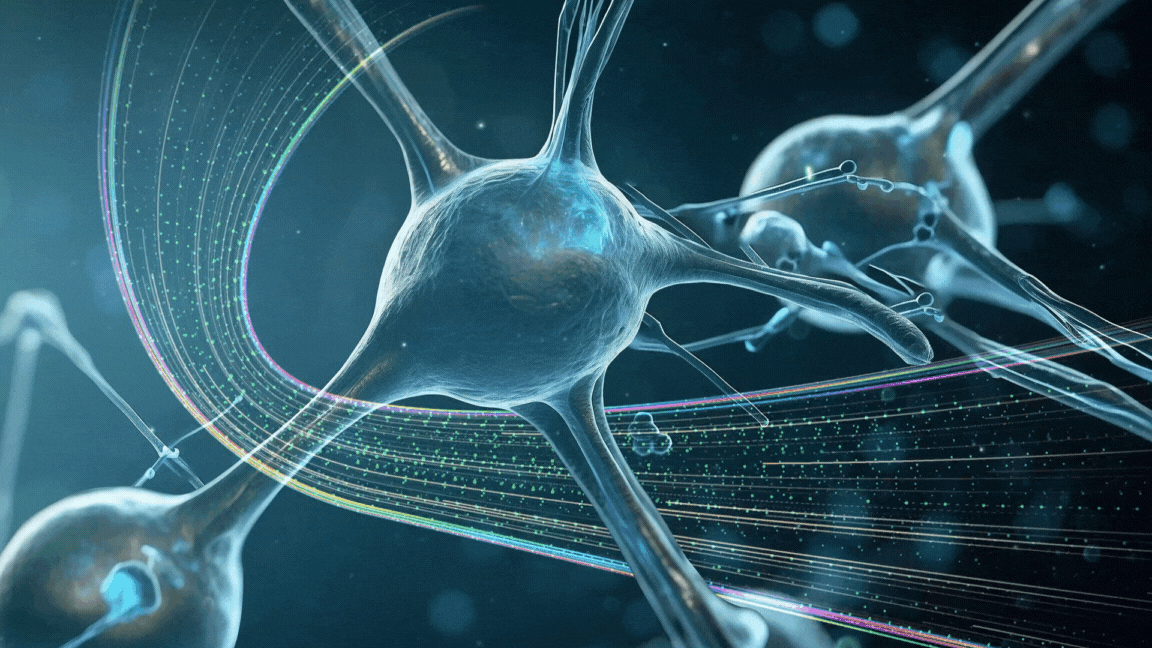Task Shifting vs. Multitasking: Debunking Myths and Understanding Cognitive Load

In today’s fast-paced world, the demand to juggle multiple tasks simultaneously has become the norm rather than the exception. The buzzwords “multitasking” and “task shifting” are often used interchangeably, yet they represent different approaches to handling multiple responsibilities. Understanding the distinctions between these concepts and their impacts on cognitive load is crucial for maintaining productivity and well-being.
Multitasking: A Myth Debunked
What is Multitasking?
Multitasking refers to performing multiple tasks at the same time, such as answering emails during a meeting or cooking while talking on the phone. The allure of multitasking lies in its perceived efficiency—the idea that more can be accomplished in less time.
However, extensive research has shown that multitasking is largely a myth. The human brain is not designed to focus on multiple tasks simultaneously. Instead, what we often label as multitasking is actually rapid task-switching. When we believe we’re multitasking, our brains quickly shift attention from one task to another rather than processing them at the same time.
This constant switching takes a toll on cognitive load, the total amount of mental effort used in the working memory. Each shift requires the brain to reorient and refocus, consuming significant cognitive resources. This reduces the quality of work and increases the time required to complete tasks.
Task shifting, on the other hand, involves focusing on one task for a set period before consciously moving on to another. This approach allows for deeper concentration and a more thorough execution of each task.
Advantages of Task Shifting
- Improved Focus: Dedicating specific time blocks to individual tasks can achieve a state of deep work, leading to higher-quality outcomes.
- Reduced Cognitive Load: Minimizing the frequency of switching tasks allows the brain to maintain a consistent level of cognitive effort, preventing overload.
- Enhanced Productivity: Focusing on one task at a time can make you more efficient, reducing the time lost in transitioning between tasks.

Applying Task Shifting to Your Job for Safety and Productivity
Incorporating task shifting into your work routine can significantly enhance safety, attention, and awareness. Here’s how you can apply this approach effectively:
- Create a To-Do List: Start each day by listing tasks in order of priority. This helps you focus on one task at a time without being overwhelmed by what’s next.
- Set Specific Time Blocks: Dedicate specific periods to each task. For example, spend 30 minutes answering emails before moving on to project work for the next hour. Use tools like calendars or scheduling apps to set these blocks.
- Limit Distractions: Turn off notifications for emails, messages, and social media during focused work periods and create a quiet workspace to reduce interruptions.
- Use the Pomodoro Technique: Work in short, focused intervals (e.g., 25 minutes) followed by a 5-minute break. This helps maintain high concentration levels and allows for regular mental rest.
- Communicate Boundaries: Let colleagues know when you are in a focused work period and unavailable for interruptions. Set specific times for meetings and collaborative work to ensure uninterrupted focus time.
- Review and Adjust: At the end of each day, review what you accomplished and adjust your schedule for the next day. This helps identify what works best for your productivity and make necessary tweaks.
- Attend a TapRooT® Stopping Human Error Course!
Benefits in the Workplace
- Enhanced Safety: Focusing on one task at a time, especially in high-risk jobs, reduces the likelihood of mistakes and accidents.
- Increased Attention: Task shifting allows you to give your full attention to each task, improving the quality of your work and reducing errors.
- Greater Awareness: With reduced cognitive load, you are more aware of your environment and better respond to unexpected situations.

Conclusion
The myth of multitasking has been debunked by cognitive science, revealing the inefficiencies and mental strain it imposes. When practiced mindfully, task shifting emerges as a more sustainable and productive approach. By understanding and managing cognitive load, we can enhance our productivity, improve the quality of our work, and protect our mental well-being. So, next time you feel the urge to juggle multiple tasks at once, remember to focus on one task at a time and let your brain work at its best.
For more insightful content and updates, feel free to connect with me on LinkedIn.

Sources
You Can’t Multitask, So Stop Trying



